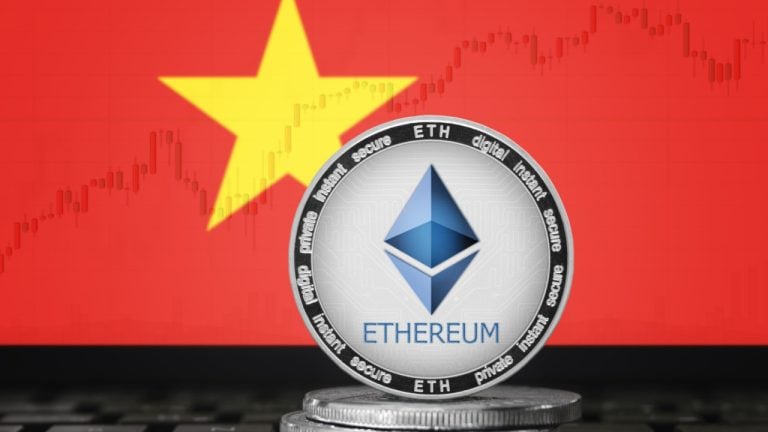
The latest user-centric revamp is targeted at improving follower engagement and creating new revenue streams on the social media platform.
Adding to the growing list of radical implementations to improve Twitter’s bottom line and promote citizen journalism, Tesla CEO Elon Musk announced that creators on the social media platform can now monetize their content.
Ever since Musk’s takeover of Twitter, the company has taken several drastic measures to turn itself into a profitable business, which include mass layoffs and introducing Twitter Blue subscriptions. While many previously-verified individuals retaliated the ask for a monthly fee to get a ‘Blue checkmark’ on Twitter, Musk saw it as a much-needed revenue stream for the company.
The latest user-centric revamp — which allows users to monetize all forms of posts on Twitter globally — is targeted at improving follower engagement and creating new revenue streams on the social media platform.
Content creators can now enable subscriptions to their text, pics & video worldwide on this platform! https://t.co/XzrFMLPytB
— Elon Musk (@elonmusk) April 28, 2023
The ‘Subscriptions’ feature allows Twitter users to charge followers a monthly price “from one of the price points made available by Twitter.” Once, paid, the subscribers get access to the creator’s exclusive content, unviewable in public.
Twitter will allow creators to keep up to 97% of the revenue until $50,000 in lifetime earnings, following which the revenue split will be dropped to 80% for the creators. The social media has partnered with payments processor Stripe to payout the creators on Twitter.
However, the revenue share will begin only after the users earn the minimum threshold of $50. The subscription services are non-refundable even if a creator’s Twitter account gets suspended for any reason. In such scenarios, users are required to manually unsubscribe to avoid auto-monthly payments to inactive Twitter accounts.
Members of Crypto Twitter, who have garnered credibility and a massive following on Twitter owing to years of posting, welcome the introduction of content creator subscriptions with arms wide open.
Related: Elon Musk to launch truth-seeking artificial intelligence platform TruthGPT
Musk’s ongoing initiatives to redesign Twitter will also see the use of artificial intelligence (AI) to detect and deter misinformation on the social media platform.
In the months ahead, we will use AI to detect & highlight manipulation of public opinion on this platform.
— Elon Musk (@elonmusk) March 18, 2023
Let’s see what the psy ops cat drags in …
Musk reportedly purchased nearly 10,000 graphics processing units (GPUs) to build the upcoming AI tools despite warning the world against AI development due to societal concerns.












